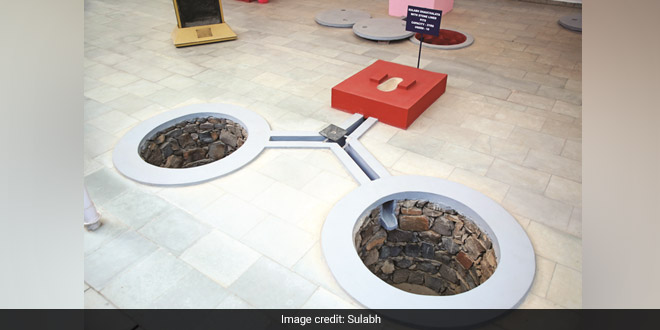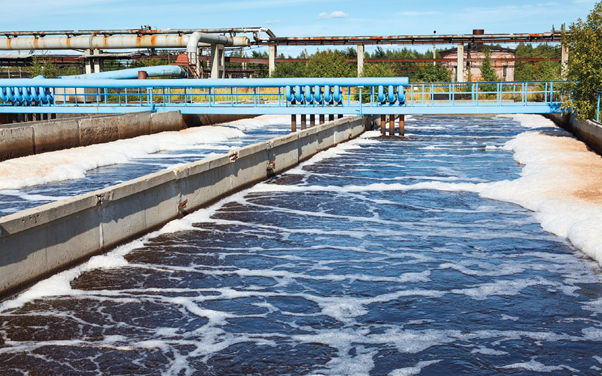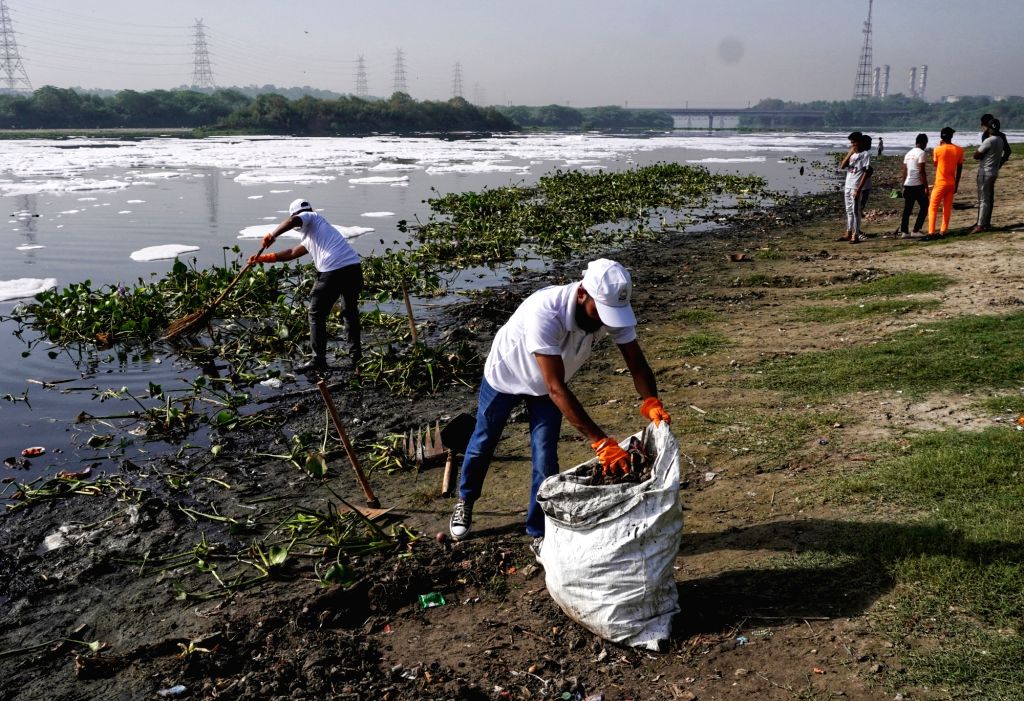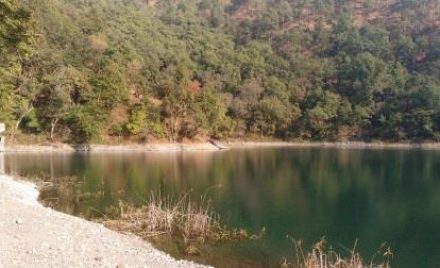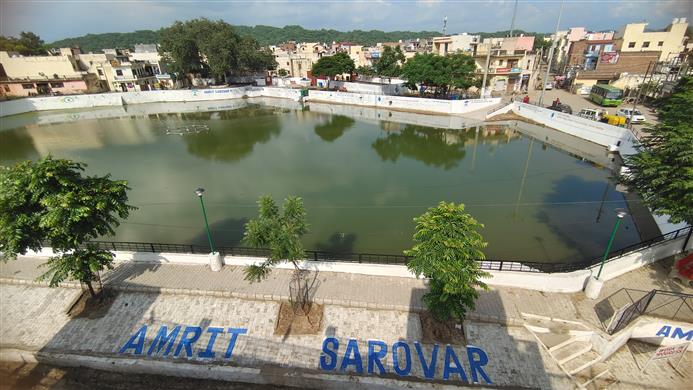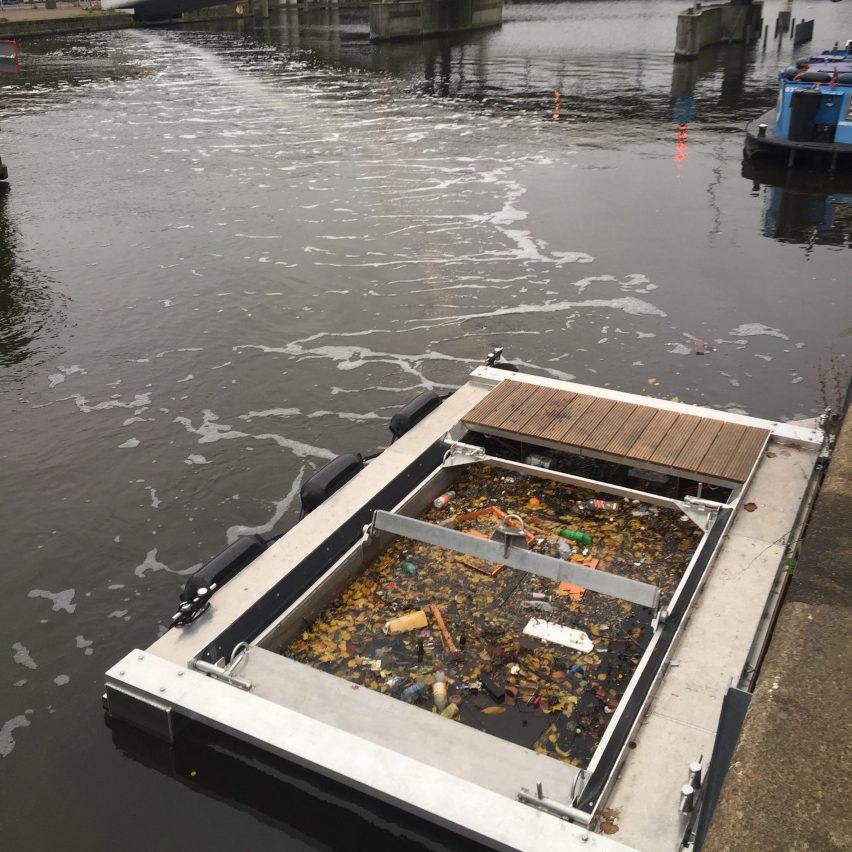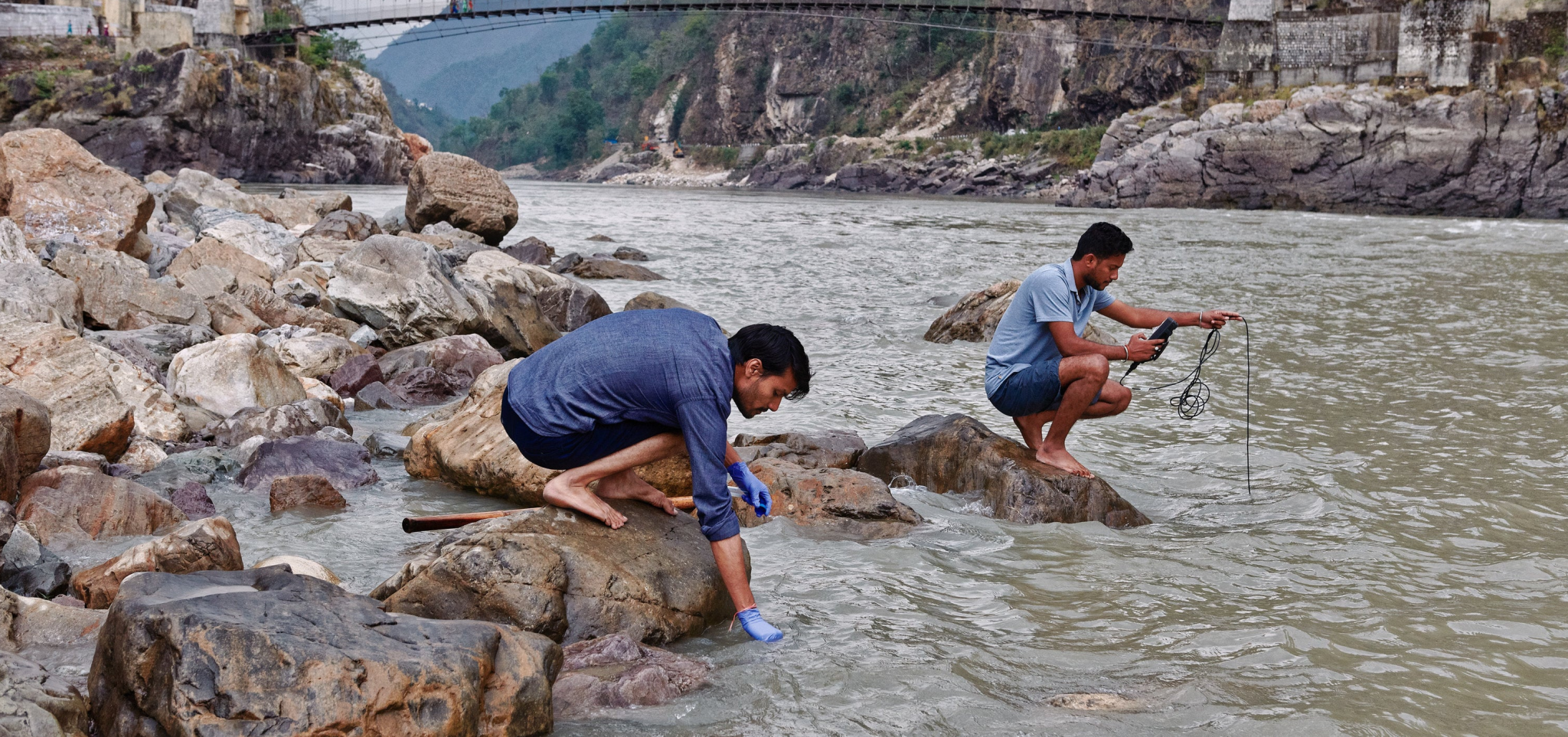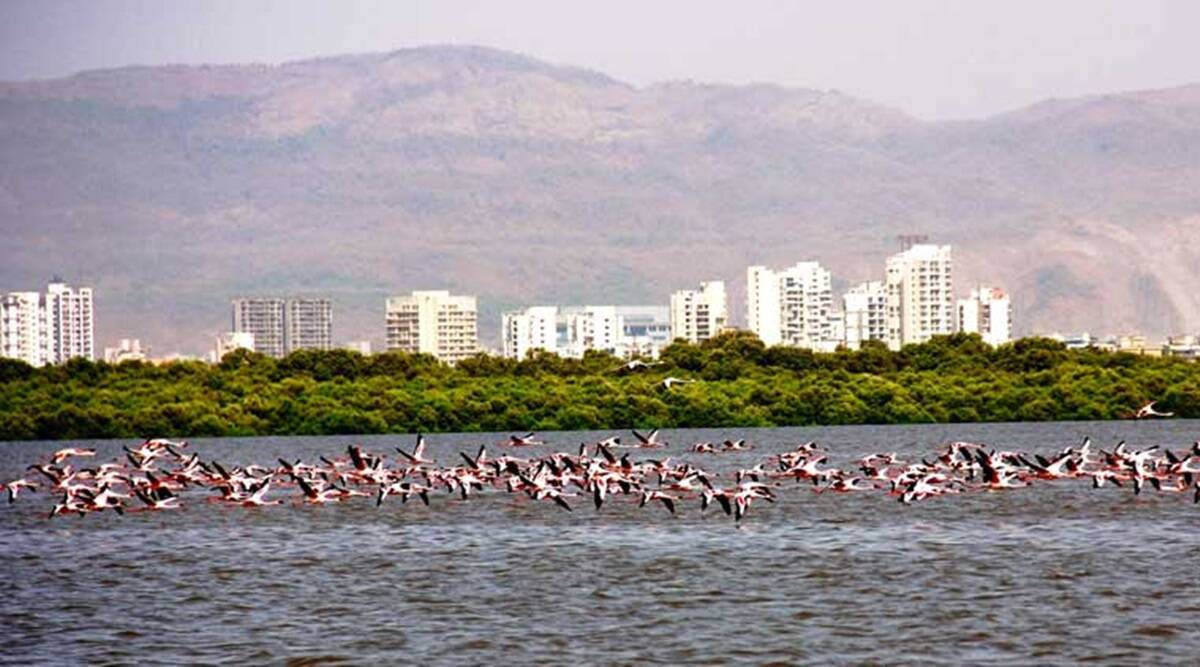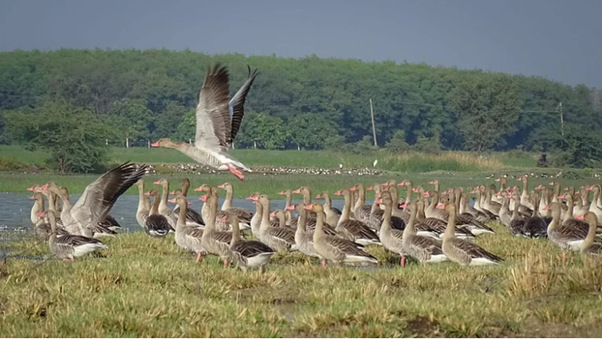This following information was given by the Minister of State, for Jal Shakti, Shri Praha Singh Patel in a written reply in the Raja Sabha. Sewerage system does not exist in rural areas of the country. Under the Swatch Bharat Mission (Grameen), for disposal of human excreta, use of safe and eco-friendly onsite sanitation technologies such as twin leach pit toilets is encouraged. Under this technology, human faces automatically become manure in 1-2 years. In case of septic tank and single leach pit toilets, it is advised to retrofit them…
Read MoreDay:
Industrial Units and Local Bodies are required to Install ETPs/CETPs/STPs
This information was given by the Minister of State, for Jal Shakti, Shri Bishweswar Tutu in a written reply in the Look Sabha. As per the Provisions of Environment (Protection) Act, 1986 and Water (Prevention & Control of Pollution), Act 1974, industrial units and local bodies are required to install effluent treatment plants (ETPs)/ common effluent treatment plants (CETPs) and Sewage treatment plants (STPs) respectively and treat their effluents/sewage to comply with stipulated environmental Standards before discharging them into river and water bodies. Accordingly, CPCB, State Pollution Control Boards/Pollution Control…
Read MoreCleanliness Drive along the Yamuna
As part of the ongoing awareness campaign for the Yamuna River, NMCG and a group of NGOs had organized cleanliness drives at seven Ghats along the Yamuna, in the National Capital. Students from schools participated in Sham Dan activities organized on the seven Ghats, including Kalinda Kuna, Nigambodh Ghats, Signature Bridge, Sonia Vehar Pushto 1, Thakur #17 Sangrur, Thakur #18 Gandhi Nagar and Thokar#21 Gandhi Nagar. Officials from Delhi Jal Board (DJB) and Municipal Corporation of Delhi (MCD) also joined the cleanliness drive, in large numbers. The NGOs which were…
Read MoreThe Tradition of Respecting Water Should Be Revived In Our Consciousness: DG, NMCG
National Mission for Clean Ganga (NMCG) in association with the APAC News Network organized the 9th edition of the monthly webinar series ‘Igniting Young Minds, Rejuvenating Rivers’. The theme of the 9th edition was ‘Rainwater Harvesting’. The session was presided by Shri G. Asok Kumar, Director General, and NMCG. The panelists of the webinar included Dr Bhanu Pratap Singh, Vice-Chancellor, Maharishi University of Information Technology, Lucknow; Dr Venkatraman Chintamani Reddy, Vice-Chancellor, KK University, Bihar; Dr Rajesh Nathan, Pro Vice-Chancellor, Himalayan University, Dehradun; Dr Manual Jain, Associate Dean Academics, Tirthankara Mahaveer…
Read MoreAmrit Sarovar Unveiled in Chandigarh
The first Amrit Sarovar of Chandigarh was unveiled on 15 August, at Kaimbwala village. The primary aim of Amrit Samovar’s is to promote water conservation, which will in turn raise ground water levels. The Amrit Sarovar, in Kaimbwala village, was unveiled by Ms Sarabjit Kaur Dhillon, the mayor of Chandigarh. The unveiling of the Amrit Sarovar was a part of the “Azadi ka Amrit Mahotsav” celebrations wherein the deadline, to rejuvenate 75 water bodies, in each district of India is 15 August 2023. It is expected that the Amrit Sarovar,…
Read MoreJapanese Technology to Curb River Pollution
A recent study by the Central Pollution Control Board (CPCB) has revealed that nine river stretches in the state of Uttarakhand are among the most polluted stretches of the river in the entire country. Taking note of this report the State Government plans to make use of technology from Japan to treat sewage, especially from habitations along the river, before it meets the main channel.
Read MoreGood Bacteria in the Ganges Low
According to a study by the Wildlife Institute of India\ (WII) the water in the holy Ganges is not in not in good health. The two head steams that form the Ganga River, at Devprayag, are the Aleksandra, coming from the Alkapuri glacier, and the Bhagirathi coming from Gurumukhi. The study done by WII has brought to light that the good bacteria, in both the headstreams of the Ganges was low. The good bacteria which is largely responsible for maintaining the purity of the water, in the Ganges, is Batriaphos.…
Read MoreWhy is it important?
The creek is surrounded by mangrove forests on both sides. These forests apart from supporting the Rich biodiversity of that supports a wide variety of migratory birds also protect the land from the tidal waves. Not to forget that creeks help in improving water quality. Another first with the Thane Creek being notified, as a Ramsar site is that it would perhaps be the first time that a Ramsar site is located with an urban agglomeration. With the creek being made a Ramsar site, apart from helping the ecology thrive…
Read MoreWhere is the Thane creek?
The Thane creek is in Mumbai and is one of the longest in Asia. The creek connects with the Ulhas River through a narrow channel. The Thane Creek shares its borders with Mumbai and its suburban districts and the Thane district and Navi Mumbai. The creek is spread over an area of 6,521. 08 hectares. A part of the creek (1,690.5 hectares) was declared the Thane Creek Flamingo Sanctuary (TCFS) and the balance was notified as an eco-sensitive zone around the TCFS, in October 2021.
Read MoreThane Creek Gets Ramsar Site Status
The Thane Creek, in Mumbai, is now a Ramsar Site. Before getting into details of how this will impact wildlife at the Thane Creek, it is important to know what a Ramsar site is. A wetland of international importance under the Ramsar Convention is known as a Ramsar site. The Ramsar Convention is also known as “The Convention on Wetlands”, and is an inter-governmental environmental treaty established in 1971 by UNESCO, that came into force in 1975. The conference/convention was held in Ramsar, in Iran, in 1971, hence the name…
Read More

